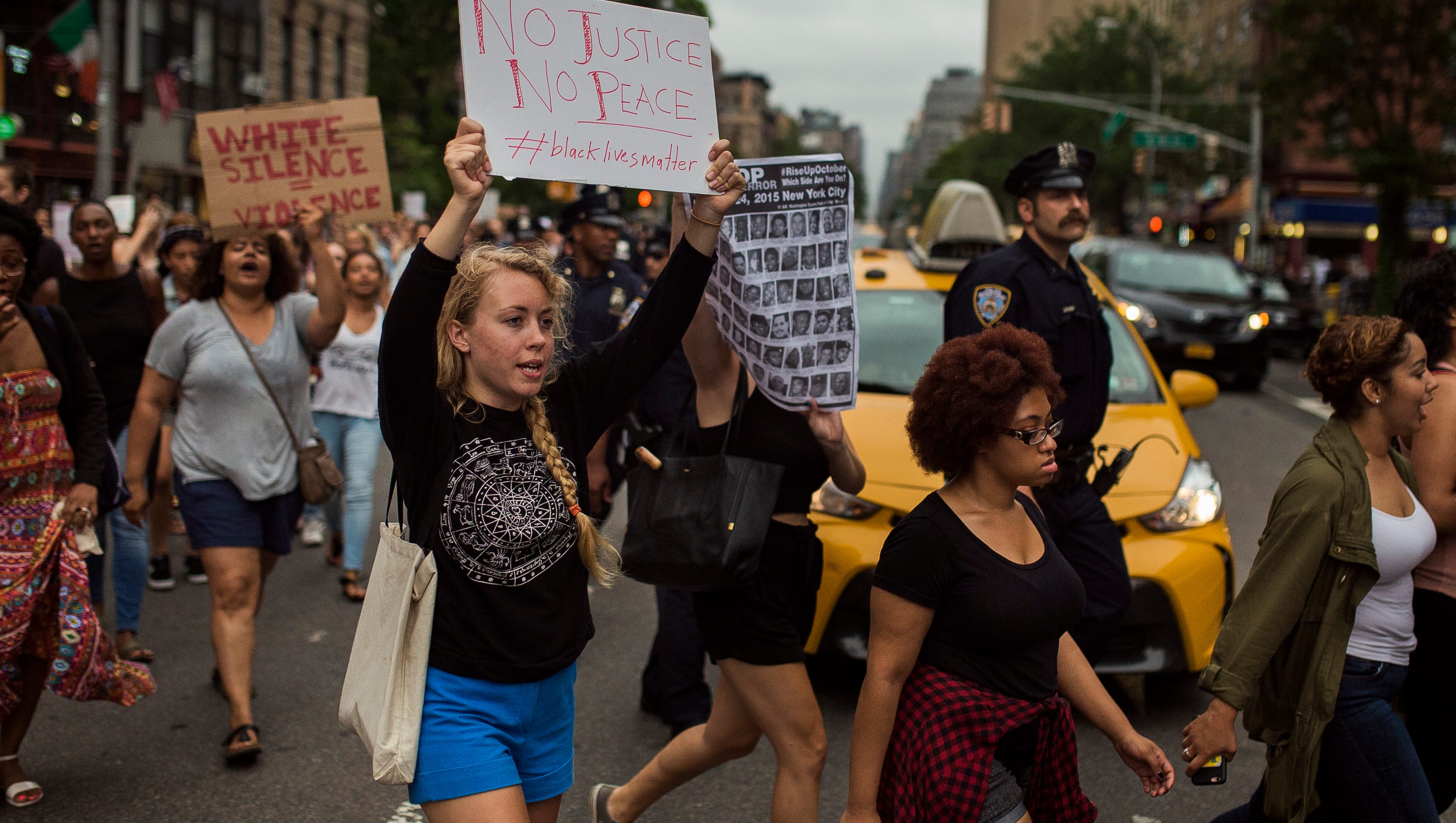NYC Protests: Shaare Zion, Trump & Where To Find Rallies Today
Are we witnessing a resurgence of dissent, a collective voice echoing through the streets? The echoes of protest, once whispers, are rapidly becoming a roar, resonating across the nation and beyond.
The air crackled with tension on Ocean Parkway as a demonstration outside Congregation Shaare Zion turned violent shortly after 9:30 a.m. The confrontation, witnessed by stunned onlookers, unfolded as NYPD officers and segments of the crowd engaged in a scuffle. The details surrounding the cause of the unrest are still emerging, but the incident underscores a growing pattern of unrest and public expression of discontent.
In a separate development, approximately a thousand protesters converged outside the home of Tom Homan, the White House "border czar," in a small New York village on Saturday. Their demands, vocal and impassioned, centered on the release of three individuals, highlighting the complex narratives woven within these displays of public disapproval. Their actions, fueled by a myriad of grievances and anxieties, are a stark reminder of the diverse motivations that propel people into the streets.
The echoes of these incidents reverberate within a wider context of rising social activism. Protests against President Donald Trump's administration are, once again, taking place in communities across the United States. These manifestations of public sentiment demonstrate a persistent strain of opposition and the ongoing examination of governmental policies.
The genesis of today's protests can be traced to a long history of dissent. Fox 5 NY's Sharon Crowley's exploration into the matter reveals a deep-rooted legacy of public demonstration, dating back to the Vietnam War and the fight against apartheid. This historic lens contextualizes the current wave of protests, revealing them not as isolated instances, but as part of a continuing tradition of public engagement and a vital element of a healthy democracy.
Over the upcoming days, anticipating a surge of planned demonstrations, key locations across the city, including Wall Street, City Hall, Washington Square Park, Union Square, Grand Central, and Times Square, will likely be the focal points of public assembly. These locations, steeped in cultural and historical relevance, further amplify the significance of the ongoing events.
Examining the current landscape of public protest requires an analysis of the underlying grievances driving these actions. What are the specific issues that have ignited such a widespread response? Economic disparities? Social justice concerns? Political polarization? The answers, multifaceted and intricate, are crucial to understanding the current state of affairs.
Protests and Rallies: City-Wise Overview as of Early Saturday Morning
Heres where protests or rallies were actively forming or confirmed as of early Saturday morning:
| City | Activity | Status |
|---|---|---|
| New York City | Various protests, including those against the Trump administration; Anticipated demonstrations at Wall Street, City Hall, Washington Square Park, Union Square, Grand Central, and Times Square | Confirmed, Active |
| [Other Cities - data needed] | [Description of Protest] | [Status - e.g., Confirmed, Planned, Potential] |
| [Other Cities - data needed] | [Description of Protest] | [Status - e.g., Confirmed, Planned, Potential] |
In the realm of public sentiment, it's important to maintain a balanced perspective. We, as observers, need to acknowledge the importance of allowing different voices to be heard.
The role of law enforcement at such assemblies is equally vital. Their actions, reactions, and strategic implementation directly influence the dynamics of demonstrations. The events on Ocean Parkway provide a focal point for scrutiny, shedding light on the delicate equilibrium that must be maintained during times of social volatility.
Understanding the mechanisms and processes that shape the media's coverage of demonstrations is essential to forming a holistic view of these events. It allows the populace to sift through and evaluate information for themselves. By comprehending the strategies, biases, and agendas that dictate the flow of information, we can develop informed viewpoints on the events unfolding around us.
The question of when protests turn violent is a complex one. Factors range from external pressures and aggressive tactics to the emotional state of the participants. These complex factors and their combined impact lead to varied outcomes.
As these protests continue, keeping an eye on the underlying issues and demands is of paramount importance. Each march, rally, or demonstration represents a specific set of grievances, aspirations, or goals. Understanding the nuances of those issues will allow society to begin meaningful discussions and facilitate positive transformation.
In conclusion, these acts of protest stand as vital elements of a democratic society. These demonstrations, when handled with awareness and responsibility, not only serve as a mechanism for expressing dissent but also as a method of initiating important discussions about the core values and direction of our communities.


